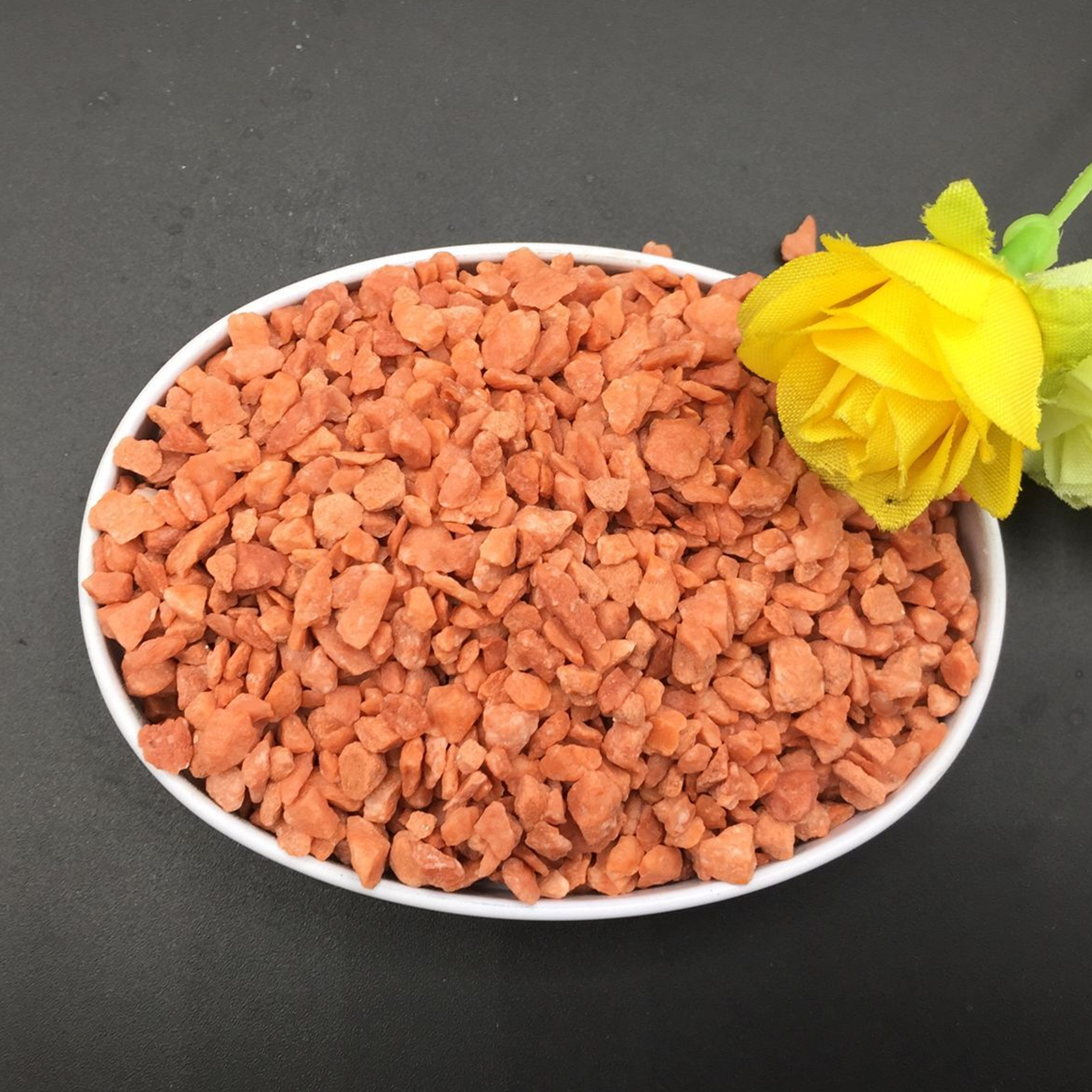
Nov . 09, 2024 11:42 Back to list
Top Ammonium Sulfate Fertilizers for Healthy Fruit Tree Growth and Yield
The Best Ammonium Sulfate Fertilizer for Fruit Trees
Ammonium sulfate is a widely used fertilizer in agriculture, known for its high nitrogen content and beneficial properties for various crops, particularly fruit trees. It is an inorganic salt that provides both nitrogen and sulfur, making it an excellent choice for promoting the healthy growth of fruit trees. This article will delve into the benefits of ammonium sulfate, its application methods, and the best practices for using it effectively in your fruit tree garden.
Benefits of Ammonium Sulfate
1. Nitrogen Supply Ammonium sulfate contains around 21% nitrogen, which is crucial for the growth of fruit trees. Nitrogen plays a significant role in photosynthesis, promoting lush foliage and vigorous growth. This is especially important in the early stages of growth and during fruit development.
2. Sulfur Content Apart from nitrogen, ammonium sulfate provides about 24% sulfur, an essential nutrient that supports the synthesis of amino acids and proteins in plants. Sulfur is also vital for chlorophyll production, which influences the overall health and color of the leaves.
3. Soil Acidity Ammonium sulfate is an excellent soil acidifier. Fruit trees, particularly those like blueberries and cranberries, thrive in slightly acidic soils. The application of ammonium sulfate can help lower the soil pH, creating an optimal environment for these acid-loving plants.
4. Quick-Release Nutrient This fertilizer is a quick-release source of nitrogen, meaning that fruit trees can absorb the nutrients rapidly, promoting immediate growth spurts. This is advantageous during key growth periods, such as early spring and during fruit set.
Application Methods
When it comes to applying ammonium sulfate to fruit trees, the timing and method can dramatically affect the results
1. Timing The best time to apply ammonium sulfate is early in the growing season, around late winter to early spring, just before the trees start to bud. This application provides a nutrient boost as the tree emerges from dormancy.
best ammonium sulfate fertilizer for fruit trees

2. Granular Application Ammonium sulfate is most commonly used in granular form. It can be spread evenly around the base of the tree, avoiding direct contact with the trunk to prevent burning. A general recommendation is to apply about 1 to 2 pounds per 100 square feet, adjusting based on the size and age of the tree.
3. Watering After application, it is crucial to water the area thoroughly. This helps dissolve the granules and ensure that the nutrients penetrate the soil, making them available for root uptake.
4. Frequency In general, a single application in the spring is sufficient for most fruit trees. However, heavy feeders may require additional feeding in early summer or after significant rainfall, depending on soil nutrient levels.
Best Practices for Using Ammonium Sulfate
To maximize the benefits of ammonium sulfate, consider these best practices
- Soil Testing Before adding any fertilizer, conduct a soil test to determine the nutrient levels and pH. This information helps you make informed decisions about how much ammonium sulfate to apply.
- Monitor Tree Health Keep an eye on your trees’ growth and overall health after fertilization. If you notice excessive leaf growth at the expense of fruiting, you may need to adjust your fertilization schedule.
- Complement with Organic Options While ammonium sulfate can be a beneficial addition to your fertilization regimen, combining it with organic fertilizers like compost can improve soil structure and microbial activity.
Conclusion
Ammonium sulfate is a powerful tool for fruit tree care, providing essential nutrients that promote vibrant growth and prolific fruiting. By following the right application techniques and best practices, you can enhance the health and productivity of your fruit trees, ensuring a bountiful harvest for years to come.
-
Organic 10-10-10 Fertilizer | Balanced Plant Nutrients
NewsJul.31,2025
-
Premium Amino Acid Fertilizer | Rapid Plant Growth Booster
NewsJul.31,2025
-
10 10 10 Fertilizer Organic—Balanced NPK for All Plants
NewsJul.30,2025
-
Premium 10 10 10 Fertilizer Organic for Balanced Plant Growth
NewsJul.29,2025
-
Premium 10 10 10 Fertilizer Organic for Balanced Plant Growth
NewsJul.29,2025
-
Premium 10 10 10 Fertilizer Organic for Balanced Plant Growth
NewsJul.29,2025
